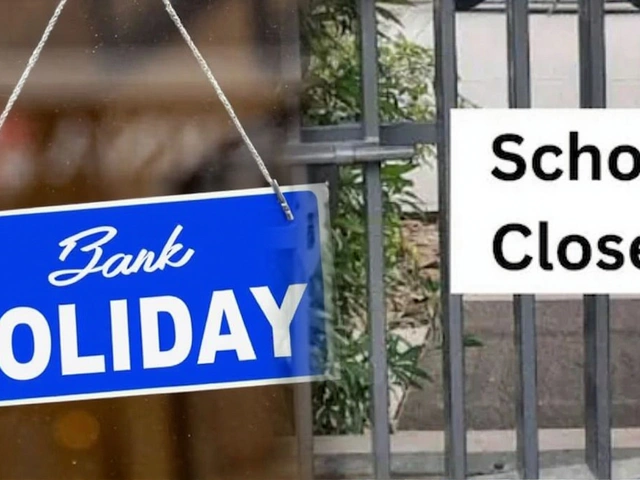Intellectual Property Law: Practical steps to protect your brand and ideas
Intellectual property law can feel confusing, but you only need a few clear steps to protect what you create. This page gives straightforward advice on trademarks, patents, and copyrights in India, plus practical actions you can take today.
First, know the basics. A trademark protects names, logos, or unique words used to sell goods or services. A patent protects functional inventions. Copyright covers original creative works like articles, photos, and software. Each type has its own rules and timelines, so pick the protection that fits what you made.
How to trademark a made-up word
Made-up words are often the strongest trademarks because they’re unique. Start by searching the Indian Trade Marks Registry database to check if anyone else uses a similar mark. If the search looks clear, decide the exact goods or services you’ll register the word for — this shapes the scope of protection.
Next, file an application with the Trade Marks Registry. You can do it online or through a lawyer. The application needs a clear representation of the word and the class number for your goods or services. After filing, the office examines the application for conflicts and formal defects. If objections come up, you can respond or amend the filing. When the mark is accepted, it’s published for public opposition for a set period. If no one opposes, the mark is registered and you get exclusive rights for those classes.
Once registered, monitor the market. Watch for similar marks being used and act quickly if someone copies your word. Enforcement can mean sending a cease-and-desist letter or filing a legal claim. If you keep using the mark in commerce and renew it on time, your protection can last indefinitely.
Quick tips to protect IP in India
Register early. The sooner you apply, the better your chances of blocking others. Keep records that prove when you started using the mark, designed the product, or created the work—these help in disputes. For inventions, do a patentability check before public disclosure; public disclosure can stop you from getting a patent.
Use clear agreements with co-founders, contractors, and freelancers so ownership stays with you. Consider simple non-disclosure agreements when sharing sensitive ideas. For online content, add visible copyright notices and keep original source files to prove creation date.
If budget is tight, prioritize: trademarks for brand names and logos, patents for novel, useful inventions, and copyright for creative content. When in doubt, get a short consultation with an IP attorney to avoid costly mistakes.
Want a deeper walk-through? We cover step-by-step guides and real examples on this site, including how to trademark a word you made up and how to handle oppositions. Protecting your ideas doesn’t have to be legalese—use these practical steps and keep your brand safe.
How do you trademark a word that you made up?
Posted by Finnegan Beckett On 29 Mar, 2023 Comments (0)

Creating a unique word and then trademarking it is a straightforward process. First, you must confirm that the word is not already in use and that it is not a protected term. Next, you must make sure that the word is used in a way that is consistent with the purpose of a trademark. After that, you will need to register the word with the relevant government agency. Once the trademark is approved, you will have exclusive rights to use the word in connection with the products or services in your industry. Finally, you must continually monitor the word and take appropriate action if someone else tries to use it. With the right steps, you can trademark a word that you created, giving your business or product a unique and protected identity.




